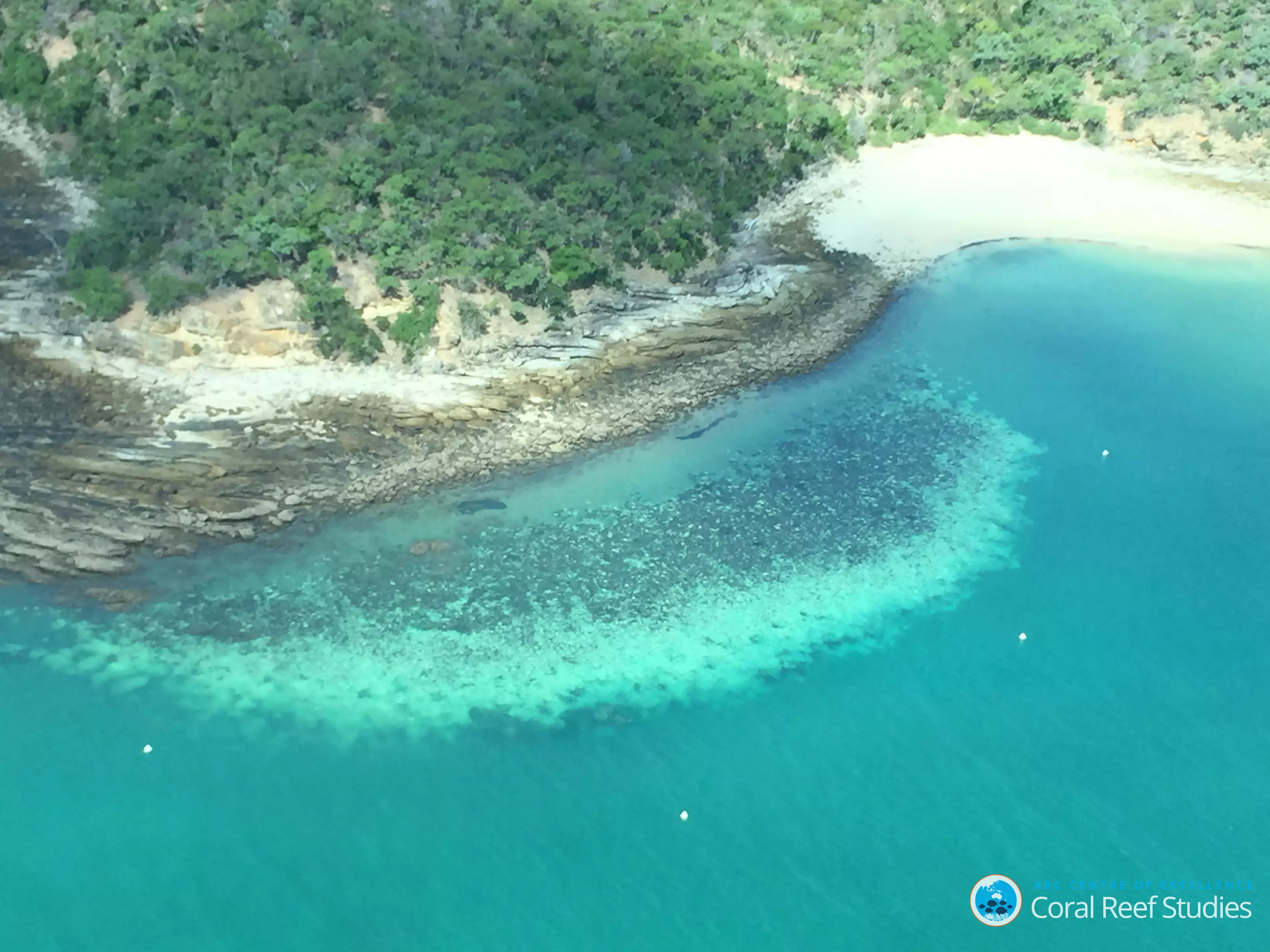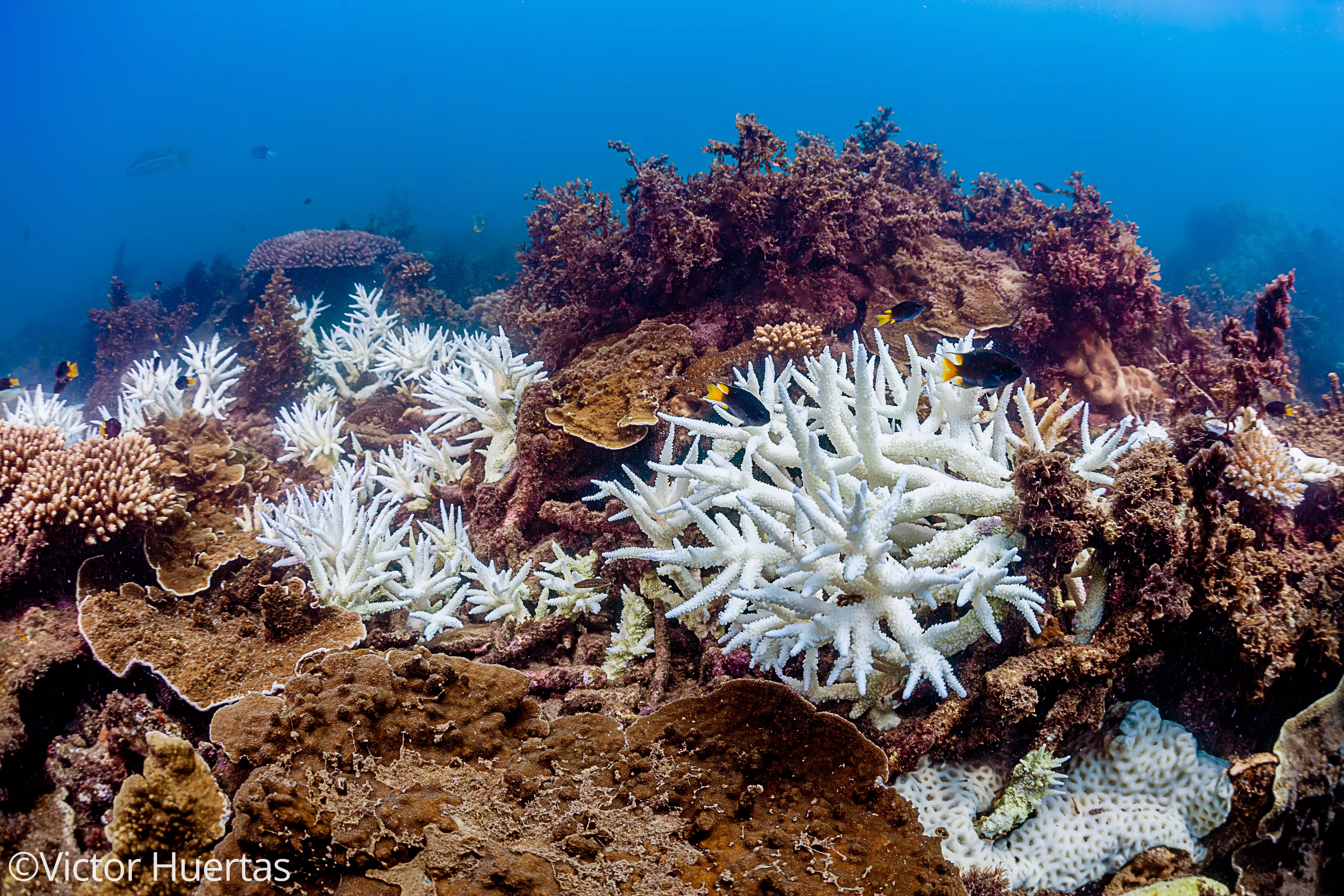
Researchers have confirmed Australia's Great Barrier Reef has experienced its third coral bleaching event in five years.
A bleaching event is when coral expel a type of algae that provides up to 90 percent of their energy. This expulsion can happen when the coral is under stress from thermal stress, aka when the ocean temperature rises beyond healthy levels.
What's more concerning is how these events are spreading across the Great Barrier Reef.
Advert
Professor Terry Hughes, Director of the ARC Centre of Excellence for Coral Reef Studies at James Cook University said: "We surveyed 1,036 reefs from the air during the last two weeks in March, to measure the extent and severity of coral bleaching throughout the Barrier Reef region.

"For the first time, severe bleaching has struck all three regions of the Great Barrier Reef - the northern, central and now large parts of the southern sectors."
It's not looking good for the Reef. In February, researchers declared the area recorded its highest monthly sea surface temperatures since records began in 1900.
Advert
They're worried how much impact that will have over the next few months and whether coral reefs will be able to cope.
Professor Morgan Pratchett, also from Coral CoE at JCU, led studies to assess how bad this most recent bleaching event has been.
He said: "A pale or lightly bleached coral typically regains its colour within a few weeks or months and survives.

"We will go back underwater later this year to assess the losses of corals from this most recent event.
Advert
"The north was the worst affected region in 2016, followed by the central region in 2017. In 2020, the cumulative footprint of bleaching has expanded further to include the south."
Experts have also noticed the time frame between these bleaching events is shrinking, meaning the coral reef is getting less time to fully recover.
Professor Hughes says the number of reefs that have avoided bleaching is getting smaller each year.
"As summers grow hotter and hotter, we no longer need an El Niño event to trigger mass bleaching at the scale of the Great Barrier Reef," said Prof Hughes.
Advert
"Of the five events we have seen so far, only 1998 and 2016 occurred during El Niño conditions.
"We have already seen the first example of back-to-back bleaching-in the consecutive summers of 2016 and 2017."
Featured Image Credit: ARC Centre of Excellence for Coral Reef StudiesTopics: News, Australia, Citizen Reef